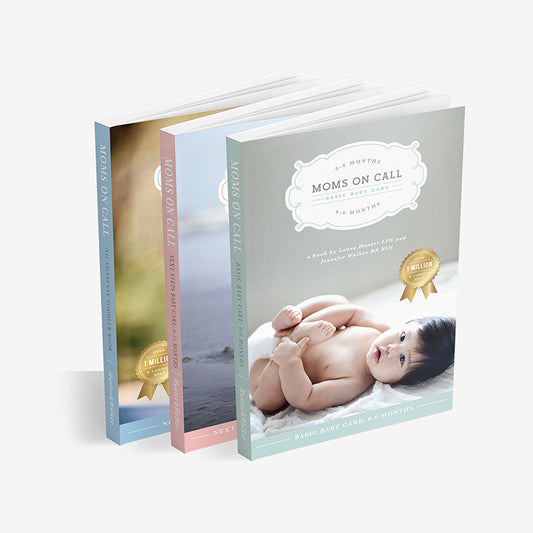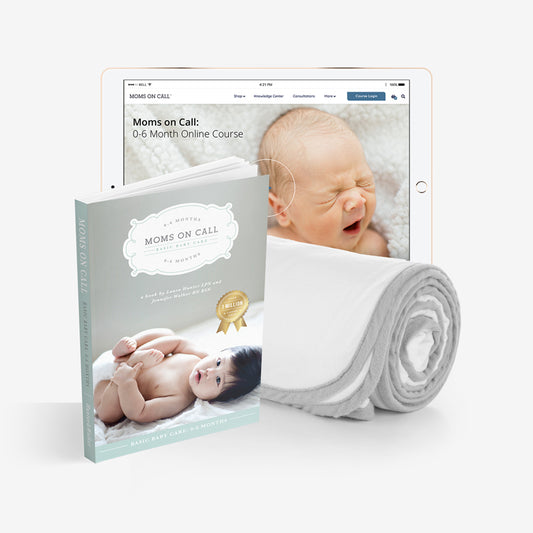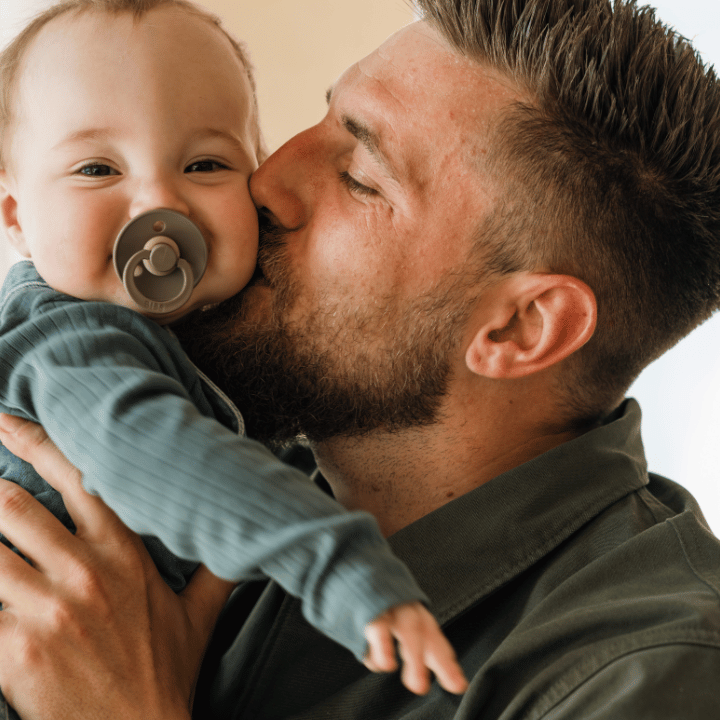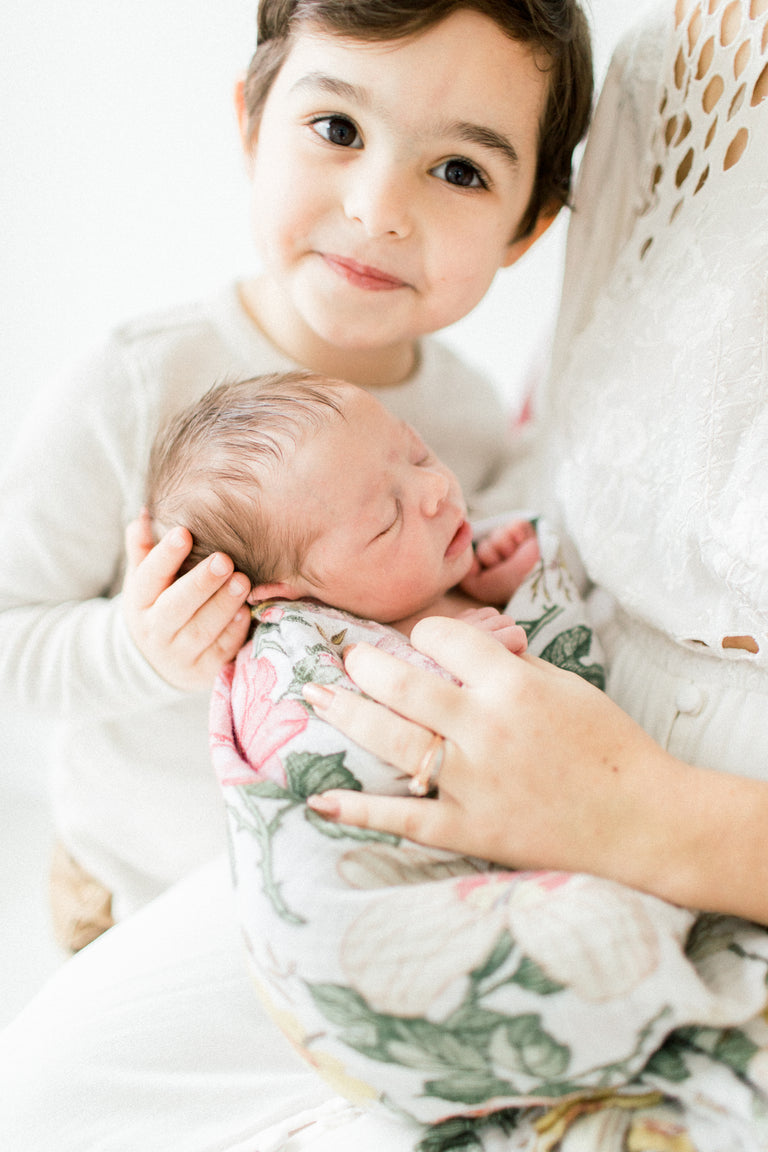Navigating the world of food allergies for little ones
By the time we had our third little boy, we felt more confident as parents. We knew which cream to apply to which rash most of the time and didn’t race to the pediatrician quite as often. But when our youngest son tested positive for a peanut allergy, we started the learning process all over again.
You are in good company if your child has eczema or a food allergy. According to a recent report by the CDC, “Nearly 1 in 5 children (18.9%) have a seasonal allergy, 10.8% have eczema, and 5.8% have a food allergy.” The bright side of these allergies becoming more common is that most schools and childcare facilities are well-equipped to manage students with allergies.
It can still be a scary experience to discover a food allergy and figure out what that means for your child. Hopefully, our experience can help your family!
So, what were the first signs of a potential food allergy?
As an exclusively breastfed baby for the first 4 months, my husband and I noticed a huge change in our baby Tim’s demeanor based on whether I ate dairy products or not. Around 3 weeks old, when newborns are ‘waking up’ to the world, they become much more fussy. At first, we thought it was just the normal late afternoon fussiness, but my smart husband thought it might be something more. Tim seemed really uncomfortable when he cried and looked strained and gassy. I can remember times when it felt like he was in such pain every time his tiny body had to burp.
We experimented with cutting out dairy from my diet, and within 2 days, he was back to his happy-go-lucky self thanks to the Moms on Call schedules. I removed dairy from my diet while nursing (except for one ill-advised croissant that later kept all of us up all night). During these early months, we also noticed some patches of dry skin and redness, but it was all pretty mild. My older boys had sensitive skin, too, so we already used gentle laundry detergent and baby soap, and that seemed to be working fine.
Around 6 months old, we took him to the allergist for skin testing. His skin testing results did not show an allergy to anything, including cow’s milk. We were surprised but continued with our dairy-free diet as the allergist said it could be a sensitivity (affecting the GI system) vs. an allergy (affecting the immune system). Our allergist recommended mixing in a teaspoon of peanut butter to his oatmeal 2-3 times a week since he had an elevated risk of food allergies due to family history (as always, consult your doctor before adjusting your child’s diet). We did this a few times and then it fell out of the routine. Oops.
How did we discover the peanut allergy?
When we introduced solids around 6 months, we tried a wide variety of fruits and vegetables and meats with no adverse reactions. At one year, we transitioned from formula/breast milk to soy milk after talking with our pediatrician. And then we started adding in more foods. The Moms on Call Baby Food Introduction Calendar is a great guide during this process.
Around a year old, we gave Tim a small bit of peanut butter. He didn’t like the texture but ate about 3 Cheerios dipped in peanut butter. Then 10 minutes later, we noticed that his bottom lip had swollen significantly. So we called the 24/7 nurse line at our pediatrician, gave him Benadryl and headed to the ER for observation. Thankfully, his reaction did not spread beyond the swollen lip (the doctors were watching for vomiting, trouble breathing, increased drooling, or any signs that another body system was affected by the reaction). We stayed in the ER for about 4 hours to make sure he kept fluids down and then were discharged with an epi-pen prescription and instructions to follow up with our pediatrician.
What’s next?
After talking with our pediatrician, we had another follow-up with the allergist and this time, Tim did show an allergy to peanuts. We learned that during those first months of life, the impact of the mother’s immune system declines while the baby's own immunity increases, so we may have just tested too early to catch the peanut allergy. By this time, Tim’s eczema had gotten worse, too, so we left with prescriptions for lotions, creams, and EpiPens. We now apply lotion head to toe every day and have a toolbox of creams to use if his skin looks particularly red or irritated. I did more research into the connection between eczema and food allergies and found this article helpful.
Managing a peanut allergy in our home is rather manageable. We simply don’t eat any peanut products while Tim is awake. If we do have a peanut butter cookie or a PBJ, we are careful not to drop any crumbs and wash the dish immediately afterward.
When we are out and about, we bring food from home for Tim. At one year old, he’s perfectly happy with avocado, chicken and noodles while his big brothers chow down on Chick-fil-A. Our allergist said that most fast-food restaurants use refined peanut oil, which would be ok for Tim to consume so we will test that shortly.
Pro tip: Given Tim’s allergy, we always try new foods first thing in the morning on a weekday when the pediatrician is open. We don’t want to race to the ER on Christmas morning because he tried a bite of a new food.
Managing his peanut allergy will get more complicated as Tim gets older and goes to school, playdates and birthday parties. We have quite a few allergies in our family so grandparents and aunts and uncles are comfortable with an epi-pen and know the signs to watch for. At the beginning of each year, I plan to bring an epi-pen trainer to class and make sure his teachers are comfortable administering it if necessary.
We will head back to the allergist for a ‘food challenge’ visit when Tim is 3 years old. This means that they will give him small amounts of peanuts in a controlled environment to see the extent of his allergy. This will let us know if it’s a contact allergy or a more serious anaphylactic reaction.
What have we learned?
It’s always humbling as a parent to realize how much to still have yet to learn.
In retrospect, I wish we had added these new foods earlier. But life sometimes has other plans. During this same season, we were also navigating a rare blood disorder for our middle son with endless specialist appointments, scans, and blood work, so it never really felt like the right time to spend the day in the ER. Hindsight is 20/20, and at that moment, we tried to keep things as stable as possible for our family.
For Tim’s skin, I wish I would have moisturized it early and often. Slathering up those babies with lotion can help keep eczema flare ups at bay. We are fortunate that Tim’s case is mild but it’s important to stay consistent with the lotion routine.
It’s been immensely helpful to talk to other parents of kids with food allergies, especially peanut allergies. They know all the tricks to keep birthday parties safe and the ingredients that will become your best friend (hello, sunbutter). You don’t have to tackle this alone and I’ve found that fellow parents are happy to share their experiences with a newcomer to this world.
Lastly, finding trusted resources to help us determine the right next steps alongside our doctors has been so helpful. You might find these Moms on Call blog posts helpful in your search:
- Introducing Solids, Including Peanuts and Other Potential Allergens with Mission MightyMe
- Early Allergen Guide: Introducing Allergens in Your Baby's Diet
- Why Does Eczema Increase the Risk of Food Allergies?
- New Guidance for Preventing Food Allergies | Featuring Mission MightyMe
Best of luck to your family as you navigate your little one’s food allergy. You’ll get the hang of it!
Author: Carolyn Noyd
























